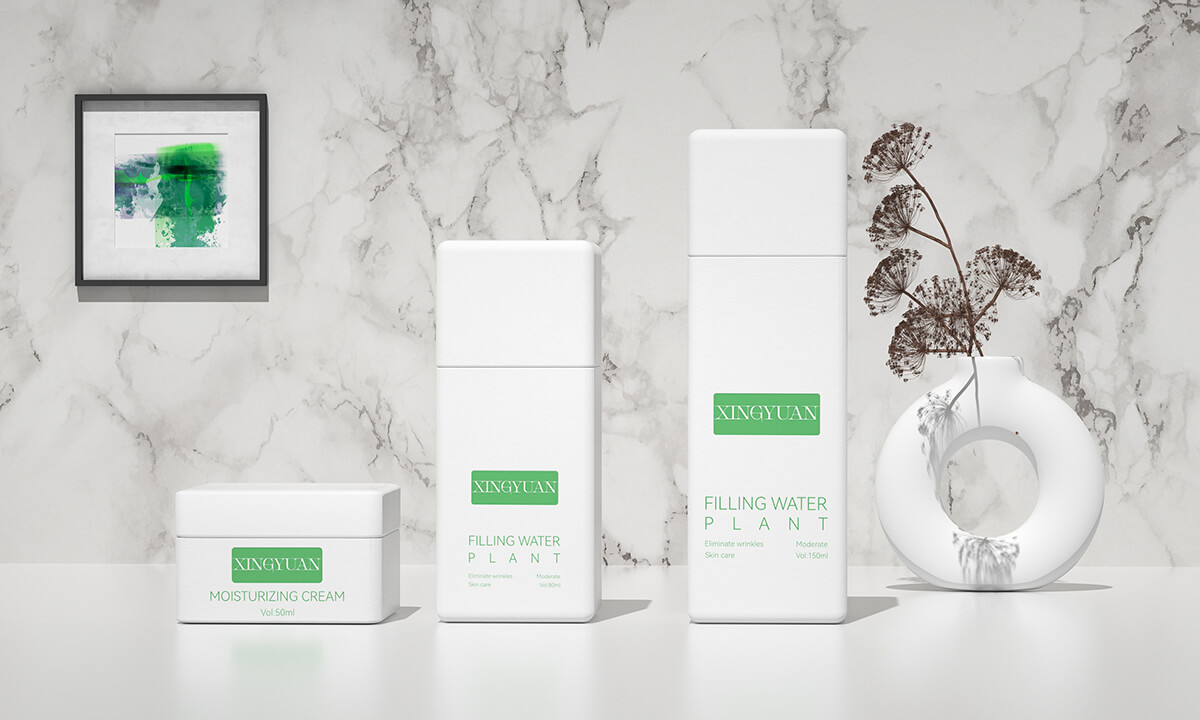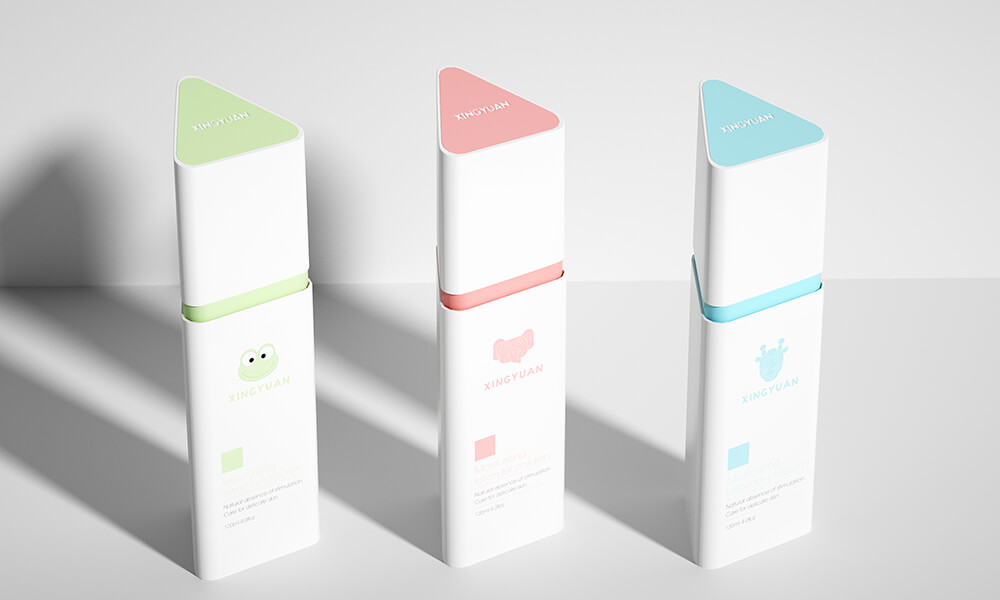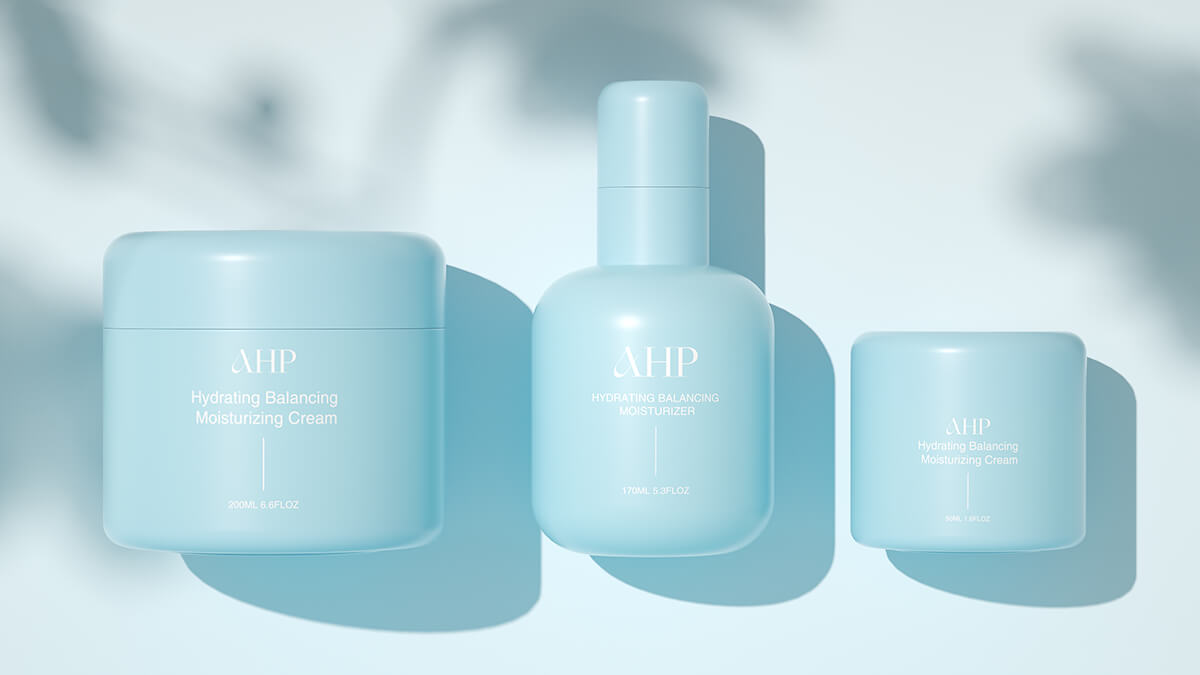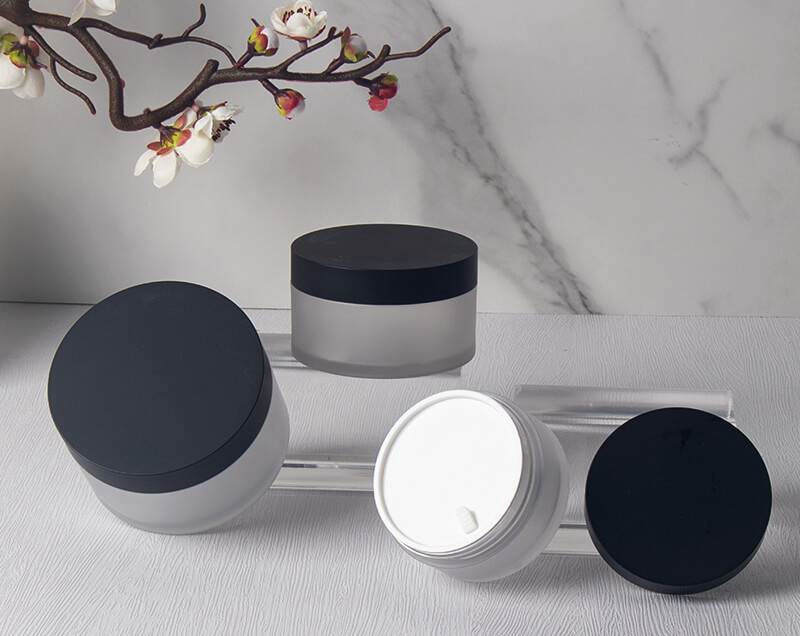Outline
Introduction
When it comes to cosmetic products, packaging is more than just a container – it’s a powerful branding tool that can make or break the success of your product. One key aspect of cosmetic packaging that can enhance the visual appeal and brand messaging of your product is finish processing. Bottle finish involves applying a specific finish or texture to the surface of your cosmetic bottles, creating a unique look and feel that can help your product stand out on the shelves.
In this article, we’ll explore how to choose the right surface processing technique for your cosmetic bottles, taking into consideration factors such as the material, finish, branding message, design elements, and production feasibility.
By the end of this article, you’ll have a better understanding of how to use surface processing to enhance your product’s visual appeal and make a lasting impression on your target customers.
Consider the Material
First, the material of your cosmetic packaging is a crucial factor to consider when selecting a surface processing technique. Different materials may require different techniques to achieve the desired effect, and some techniques may not be suitable for certain materials at all. Here are some examples of surface processing techniques for common cosmetic packaging materials:
PP Plastic
Plastic cream jars are a popular choice for cosmetic packaging due to their durability and versatility. Some popular surface processing techniques for PP plastic include:
Embossing and debossing
These techniques involve raising or lowering the surface of the plastic to create texture and depth. Embossing can be used to create a raised design, while debossing can create an indented design.
In-mold labeling
In-mold labeling involves adding a label to the plastic mold before the bottle is formed, resulting in a label that is integrated with the plastic and can’t be removed.
PET Plastic
PET bottles are lightweight and shatterproof, making them a popular choice for liquid cosmetics such as shampoos and conditioners. Some popular surface processing techniques for PET bottles include:
Silk-screening
Silk-screening involves applying ink to the surface of the bottle through a mesh stencil, resulting in vibrant, long-lasting colors.
Hot stamping
Hot stamping involves applying a metallic foil to the surface of the bottle using heat and pressure, resulting in a shiny, metallic effect.
Spray coating
Spray coating provide matte effect and soft touch feeling, and can create gradient effect, making the cosmetic bottle a vibrant look. That makes spray coating popular in cosmetic packaging field.
When considering the material of your cosmetic packaging, it’s also important to consider the sustainability and eco-friendliness of your packaging. Many consumers today are looking for sustainable options, and there are surface processing techniques that can help you achieve a more eco-friendly product. For example, using recycled materials or using biodegradable coatings can reduce your environmental impact and appeal to conscious consumers.
By taking the material of your cosmetic packaging into account when selecting a surface processing technique, you can ensure that your packaging not only looks great but is also functional and appropriate for your product.
Think About the Finish
The finish of your cosmetic packaging is another important factor to consider when selecting a surface processing technique. The finish you choose can have a big impact on the visual appeal of your product and can help communicate your brand messaging. Here are some popular finish options for cosmetic packaging:
Matte
A matte finish can give your packaging a more understated, natural look. Matte finishes are often used for products that want to convey a more organic, eco-friendly image. Matte finishes can also help reduce glare and fingerprints on your packaging and give a soft touch feeling. If you are trying to use these features to convey your brands, matte finish can be a great choice.
Glossy
A glossy finish can give your packaging a more high-end, polished appearance. Glossy finishes are often used for products that want to communicate a sense of luxury and sophistication. Glossy finishes can also make colors appear more vibrant and eye-catching.
Metallic
A metallic finish can add a touch of luxury and sophistication to your packaging. Metallic finishes are often used for high-end cosmetic products and can help communicate a sense of glamour and exclusivity.
Metallic finish are usually used for bottle closures, such as lotion pump, mist sprayer, screw cap and high-end cosmetic bottles like airless pump bottles.
When selecting a finish for your cosmetic packaging, it’s important to consider your brand messaging and the message you want to communicate to your customers.
A natural skincare brand, for example, may opt for a matte finish to convey a more organic, eco-friendly image, while a luxury makeup brand may choose a metallic finish to communicate a high-end, glamorous aesthetic.
It’s also important to consider the practicality of your chosen finish. Glossy finishes, for example, can show fingerprints and scratches more easily than matte or metallic finishes. By selecting a finish that not only looks great but is also functional for your product, you can ensure that your packaging enhances your product’s overall success.
Overall, the finish you choose for your cosmetic packaging can have a big impact on the overall visual appeal and brand messaging of your product. By considering the different finish options available and how they align with your brand messaging, you can select a finish that not only looks great but also communicates the values and personality of your product.
Identify the Branding Message
The surface processing technique you choose for your cosmetic packaging can also play a key role in communicating your branding message. Your packaging is often the first interaction consumers have with your product, so it’s important that it accurately reflects your brand and communicates your unique selling proposition. Here are some ways to use surface processing techniques to enhance your brand:
Custom Colors
Using custom colors can help your packaging stand out on store shelves and create a strong visual association with your brand. Custom colors can also help communicate your brand personality and values. For example, using bright, bold colors can communicate a fun and playful personality, while using muted, natural colors can communicate an eco-friendly and sustainable brand image.
Unique Textures
Adding unique textures to your packaging can help create a tactile experience for consumers and enhance the overall product experience. Textures can also communicate your brand messaging and values. For example, using a soft-touch texture can communicate a premium and luxurious brand image, while using a rough, textured finish can communicate a natural and organic brand image.
Custom Branding
Custom branding techniques such as embossing, debossing, and hot stamping can help create a unique and recognizable brand identity. By adding your logo or brand name to your packaging, you can increase brand awareness and create a sense of familiarity with your product.
By using surface processing techniques to enhance your branding message, you can create a packaging design that not only looks great but also communicates your brand personality and values to consumers. This can help increase brand recognition and loyalty, and ultimately lead to increased sales and revenue.
Consider the Design Elements
When selecting a surface processing technique for your cosmetic packaging, it’s important to consider the overall design elements and how the technique will enhance the aesthetic appeal of your product. Here are some design elements to consider when selecting a surface processing technique:
Shape
The shape of your cosmetic packaging can impact the selection of a surface processing technique. For example, a cylinder shape may be better suited for a technique such as silk-screening, hot stamping, while square shape bottle may be better suited for a technique such as labeling, hot stamping.
Size
The size of your packaging can also impact the selection of a surface processing technique. Smaller packaging may be better suited for techniques such as embossing or debossing, while larger packaging may be better suited for techniques such as spray painting or custom airbrushing.
Graphics
The graphics and artwork on your packaging can also impact the selection of a surface processing technique. Techniques such as digital printing, labeling or in-mold labeling can be better suited for more complex graphics and designs, while techniques such as hot stamping or foil stamping may be better suited for simpler designs or brand logo.
By considering the design elements when selecting a surface processing technique, you can ensure that the technique you select not only enhances the aesthetic appeal of your packaging but also aligns with the specific design needs of your product.
Evaluate Cost and Volume
Before finalizing the selection of a surface processing technique, it’s crucial to evaluate the cost and production feasibility of the chosen technique. Some techniques may be more expensive and require specialized equipment, while others may require a longer lead time and higher minimum order quantities.
Cost
The cost of the surface processing technique can vary depending on the complexity of the design and the production process. Techniques such as digital printing ,electroplating or in-mold labeling may have a higher cost. On the other hand, techniques such as hot stamping or screen printing may be more affordable for smaller production runs but may not be cost-effective for larger volumes.
Volume
The volume of your production run can also impact the selection of a surface processing technique and volume will effect the cost of surface processing. Techniques such as hand painting or custom airbrushing may be more suitable for smaller production runs, while techniques such as silk-screening or hot stamping may be more suitable for larger volume runs.
By considering the cost and volume when selecting a surface processing technique, you can ensure that the technique you select is not only cost-effective but also practical for your specific production needs.
Conclusion
Selecting the right surface processing technique for your cosmetic packaging requires careful consideration of various factors such as the material, finish, branding message, production process, design elements, cost, and production feasibility. By selecting the appropriate technique, you can create packaging that not only enhances the visual appeal of your product but also aligns with your brand messaging, production needs, and environmental goals. Ultimately, the right surface processing technique can help enhance your brand identity, increase sales and revenue, and differentiate your product from competitors in the marketplace.









0 Comments